Performance Meter
0%
QUESTION ID:1
QUESTION ID:2
QUESTION ID:3
QUESTION ID:4
QUESTION ID:5
QUESTION ID:6
QUESTION ID:7
QUESTION ID:8
QUESTION ID:9
QUESTION ID:10
QUESTION ID:11
QUESTION ID:12
QUESTION ID:13
QUESTION ID:14
QUESTION ID:15
QUESTION ID:16
QUESTION ID:17
QUESTION ID:18
QUESTION ID:19
QUESTION ID:20
QUESTION ID:21
QUESTION ID:22
QUESTION ID:23
QUESTION ID:24
The Laplace transform F(s) of the function f(t) = cos (at), where a is constant, is _____________.
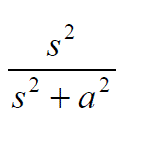
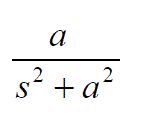
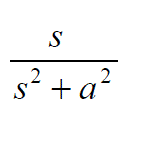
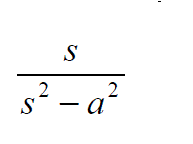
QUESTION ID:25
QUESTION ID:26
QUESTION ID:27
QUESTION ID:28
QUESTION ID:29
QUESTION ID:30
QUESTION ID:31
Match the secondary metabolites (Column-I) with the corresponding plant species (Column-II).
QUESTION ID:32
QUESTION ID:33
QUESTION ID:34
QUESTION ID:35
QUESTION ID:36
QUESTION ID:37
QUESTION ID:38
QUESTION ID:39
QUESTION ID:40
QUESTION ID:41
QUESTION ID:42
QUESTION ID:43
QUESTION ID:44
QUESTION ID:45
QUESTION ID:46
QUESTION ID:47
QUESTION ID:48
QUESTION ID:49
QUESTION ID:50
QUESTION ID:51
A protein is to be purified using ion-exchange column chromatography. The relationship between HETP (Height Equivalent to Theoretical Plate) and the linear liquid velocity of mobile phase is given by:
where H is HETP (m) and u is linear liquid velocity of mobile phase (m.s^-1). The values of A, B and C are 3×10^-8 m2.s^-1, 3 s and 6×10^-5 m, respectively. The number of theoretical plates based on
minimum HETP for a column of 66 cm length will be ___________.
QUESTION ID:52
QUESTION ID:53
QUESTION ID:54
The value of determinant A given below is __________ .
QUESTION ID:55
Consider the equation
Given a = 4, b = 1 and c = 9, the positive value of S at which V is maximum, will be _______.
QUESTION ID:56
QUESTION ID:57
QUESTION ID:58
QUESTION ID:59
QUESTION ID:60
QUESTION ID:61
QUESTION ID:62
QUESTION ID:63
QUESTION ID:64
QUESTION ID:65
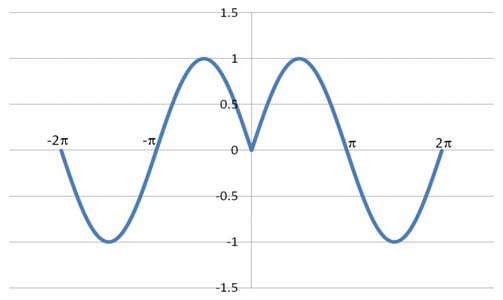
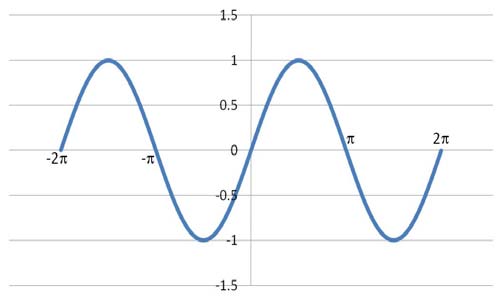
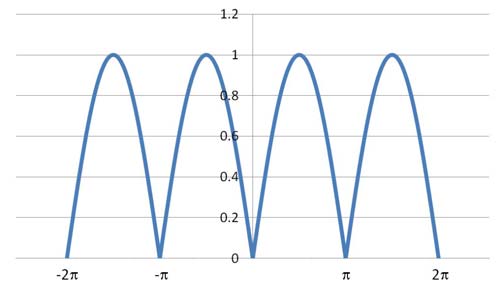
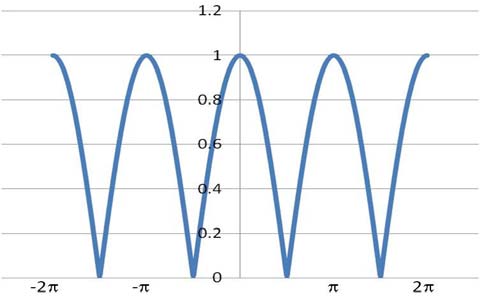
 TLS Online
TLS Online